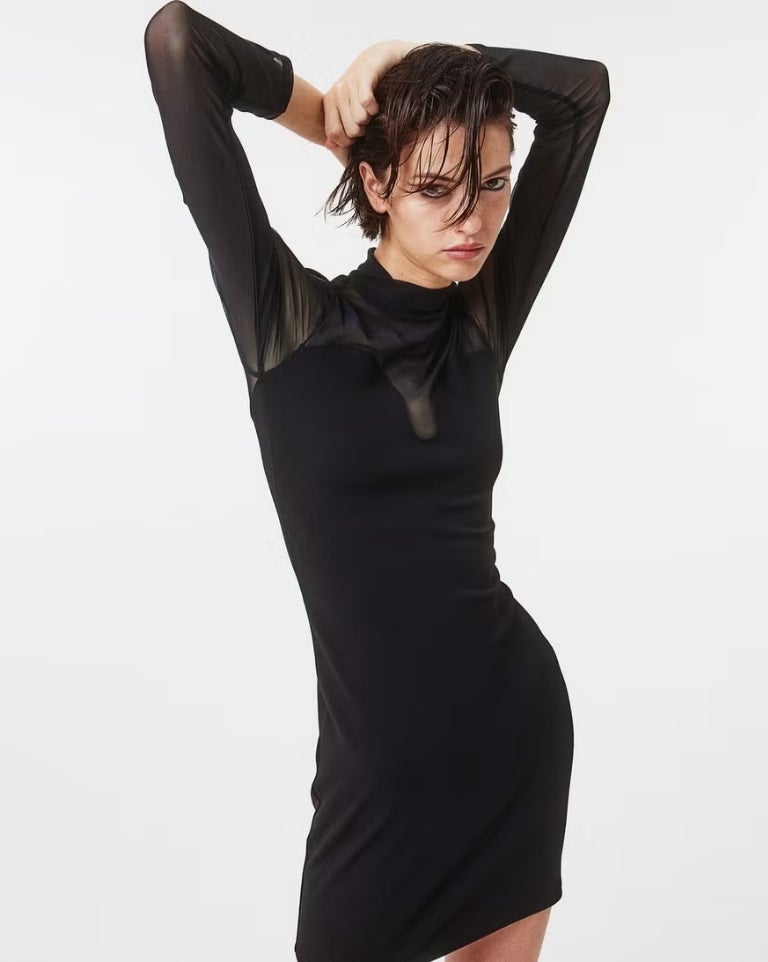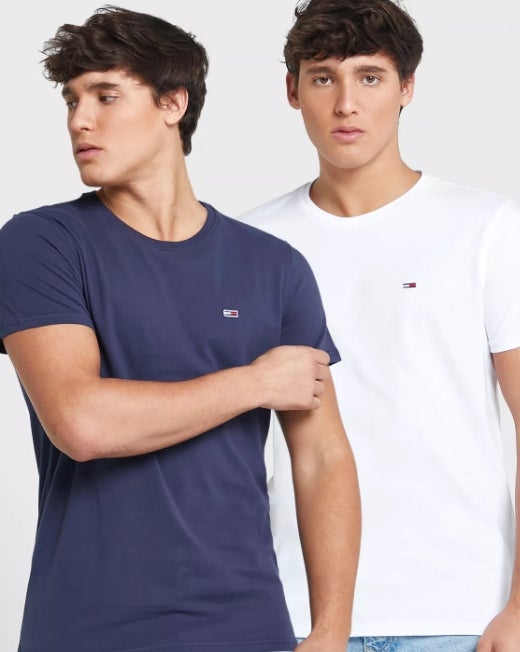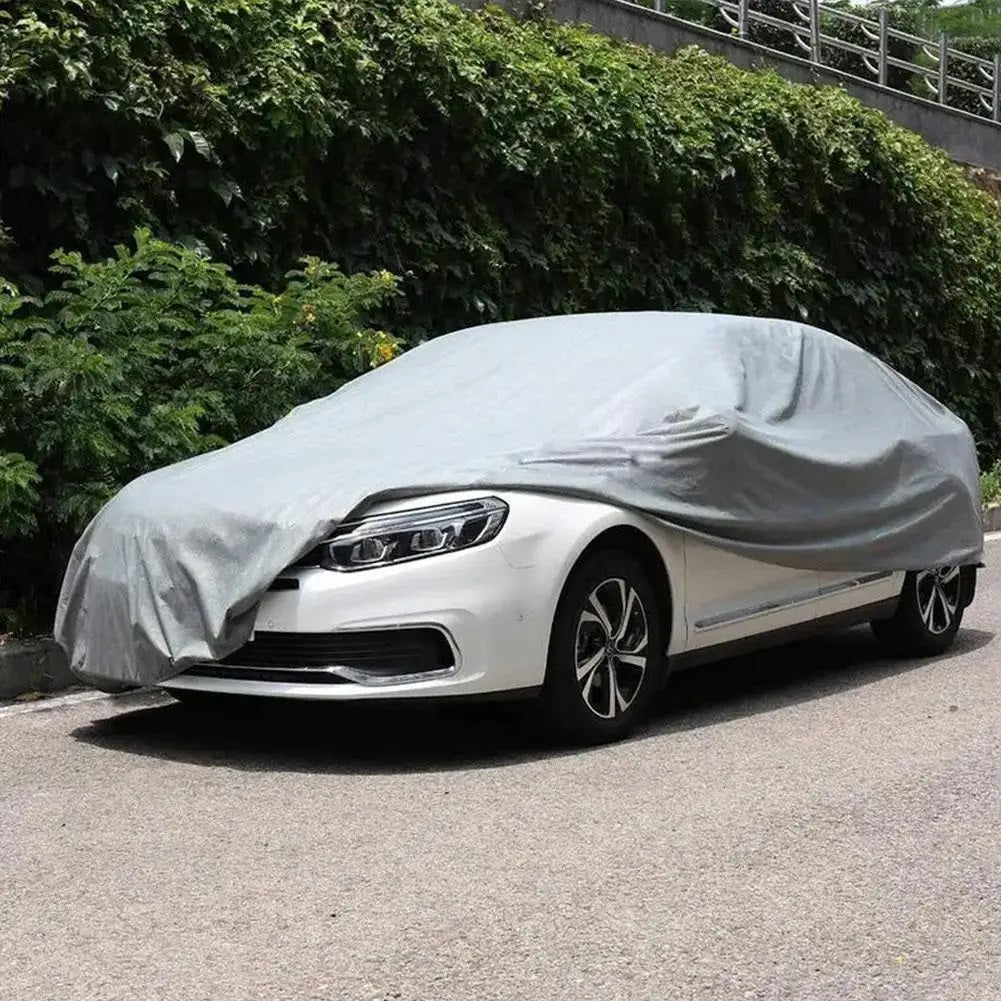Exploring the Evolution of Style in Future Fashion
Every era's spirit and goals have been captured on an ever-evolving canvas by fashion, which has always been a reflection of the times. Future fashion is expected to change in a way that combines innovation, sustainability, and personal expression. The fascinating realm of future fashion and how it is positioned to influence how we dress and express ourselves will be covered in this essay.
Technology and Fashion
Future trends clearly show that fashion will incorporate technology. How it's changing how we dress is as follows:

Think about clothing that can change color or pattern at the press of a button as smart fabrics. Smart materials, which enable personalization and adaptation, are ready to change the fashion industry.
Smartwatches and fitness trackers have already made wearable technology a reality. We can anticipate technologically advanced apparel and accessories in the future, such as heated jackets and gear that tracks your health.
The use of augmented reality (AR) fitting rooms will allow customers to digitally try on clothing without ever setting foot inside a physical store. Even without wearing an outfit, you can see how it appears on you.
3D printing has the potential to completely alter the way that clothing is made. Printing personalized, custom-fit clothing on demand can cut waste and advance sustainable fashion.
Eco-Friendly Clothing
Sustainability and environmentally friendly techniques are being adopted by the fashion industry more and more. Here are some ways that this trend is changing the sector:
Sustainable materials like bamboo, hemp, and recycled fabrics are becoming popular among designers. Plant-based colors and vegan leather are two increasingly popular substitutes.
Reusing, recycling, and upcycling clothing are key components of the circular fashion movement, which aims to reduce waste and lessen the industry's negative environmental effects.
Slow Fashion: Slow fashion promotes the purchase of high-quality, classic items that will last a lifetime, hence eliminating the need for frequent replacements.
Local & Artisanal Production: It's becoming more popular to support small-scale, local production and local craftspeople. This boosts regional economies and lessens the environmental impact of international supply chains.
Individuality and Expression
Fashion's future is all about customization and personal expression:
Custom Tailoring: Thanks to technology, people will be able to purchase clothing that is properly customized to fit their body type and personal style.
The future of fashion is expected to be a fusion of styles from other cultures and eras, providing a diverse range of alternatives for self-expression.
Gender-Neutral and Inclusive Fashion: Regardless of gender identity, there are now more and more styles and sizes available in fashion that are both gender-neutral and inclusive.
Digital fashion is on the increase, allowing users to experiment with looks in the virtual world, making it ideal for online interactions and virtual events.
influences of technology and art
The distinctions between technology, art, and fashion are becoming more hazy. These factors are influencing fashion in the following ways:
Expect to see fashion lines influenced by well-known works of art, partnerships between fashion designers and artists, and even wearable art.
Fashion shows in virtual and augmented reality are becoming into immersive, interactive events that can be viewed virtually from anywhere in the world.
Artificial Intelligence Stylists: Users may now locate the ideal outfit and learn more about their individual style thanks to the sophistication of AI-driven fashion advice systems.

Sustainability as Art: There are artistic expressions of sustainability. Designs that are upcycled, recycled, and environmentally friendly are praised for their inventive originality.
Normative and Social Responsibilities
The industry's ethical and social duties are more obvious as we go towards the world of future fashion. Here are some crucial things to remember:
Fair Labor Practices: Promoting ethical fashion entails making sure that individuals involved in production receive just treatment and compensation. The supply chain must be transparent.
Impact on society: Many fashion companies are integrating social issues into their business plans, from aiding underserved populations to advancing social justice.
Cultural appropriation: As cultural sensitivity and appropriation become more widely recognized, designers are required to respect the cultural roots of their works and give credit where credit is due.
Diversity: Diverse fashion should go beyond just sizes and genders. The industry must keep improving its accomodations for folks with disabilities and others with various fashion requirements.
Sustainable Fashion: Sustainability and ethical fashion go hand in hand. Responsible fashion must emphasize eco-friendly processes and reduce the carbon impact of the industry.
Fashion Education's Function
Future designers' education and training will be crucial in determining the direction of the fashion industry as it develops. Offering courses that include technology, sustainability, and ethics into the curriculum will help fashion schools and institutions adapt to the industry's shifting terrain.
Additionally, students should be encouraged to challenge conventions and push the limits of what is possible in the field of fashion by placing a strong emphasis on innovation, creativity, and critical thinking in fashion education.
Bringing Virtual and Physical Worlds Closer Together
The goal of fashion in the future is to close the distance between the virtual and real worlds. There will always be a place for physical fashion and the tactile pleasure of choosing and wearing clothing, even while digital fashion, augmented reality, and virtual fashion shows are on the increase.
Successful firms will find a way to blend the virtual and physical worlds while providing consumers with options for engaging with fashion in both.
The Clothes of Tomorrow
Our wardrobes might look very different in the future. We may have smaller, carefully picked wardrobes filled with high-quality, functional pieces as sustainable practices, customization, and on-demand manufacturing continue to grow. By allowing us to experiment and express ourselves in the digital world, digital clothing may evolve to be seen as an extension of our personalities.
A Last Word
The fashion business will continue to be driven by innovation and creativity as it ventures into unexplored areas. It's crucial to be aware of the effects of our decisions as we move through this always changing environment, whether they pertain to what we wear, where we shop, or the fashion brands we support.
Individual expression, sustainability, and technology come together to create a dynamic and inclusive space in the future of fashion. In this environment, where there are no style limitations, fashion is a potent vehicle for both individual expression and social change. So embrace fashion's future with an open mind, a sustainable heart, and an own sense of flair.










